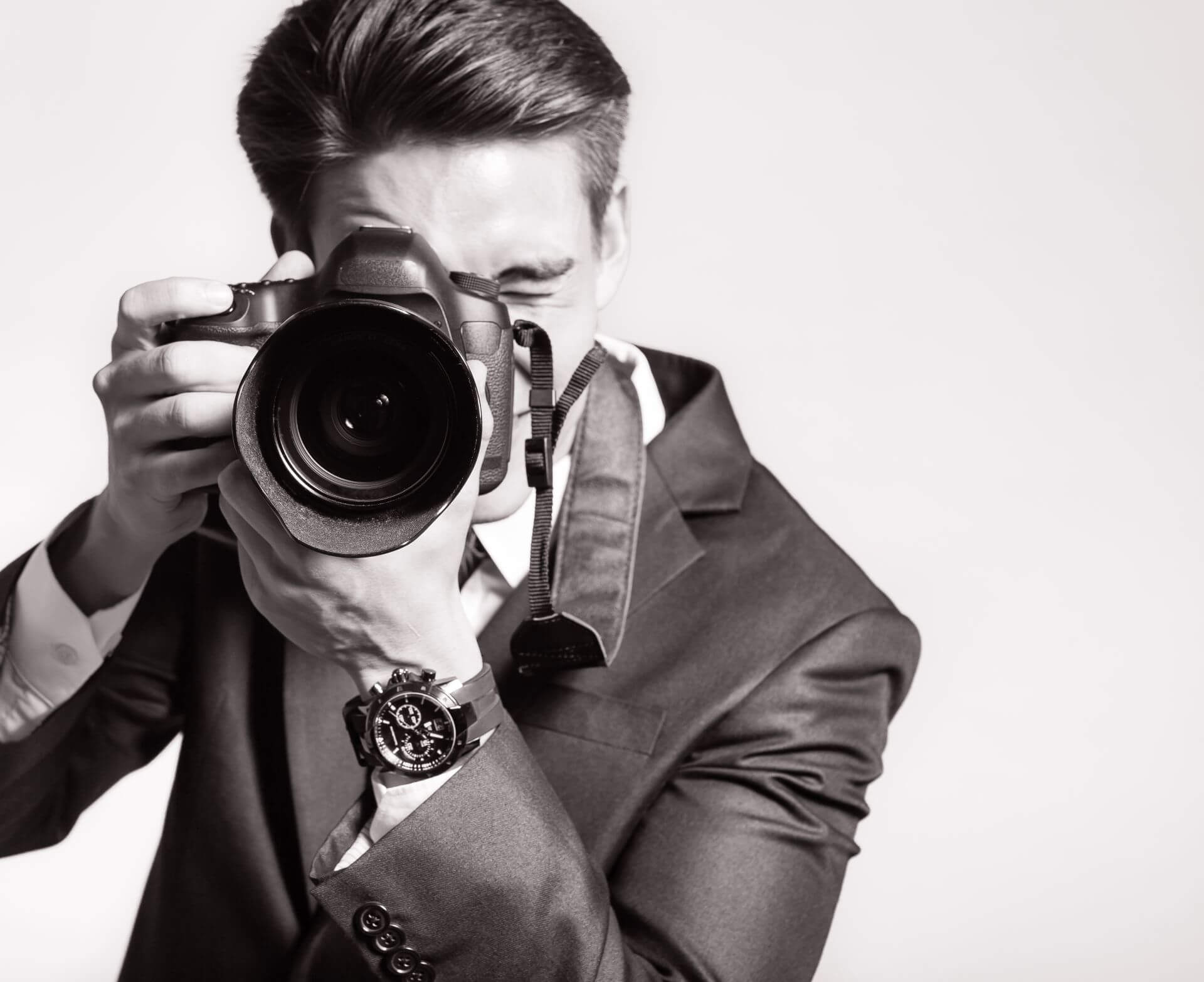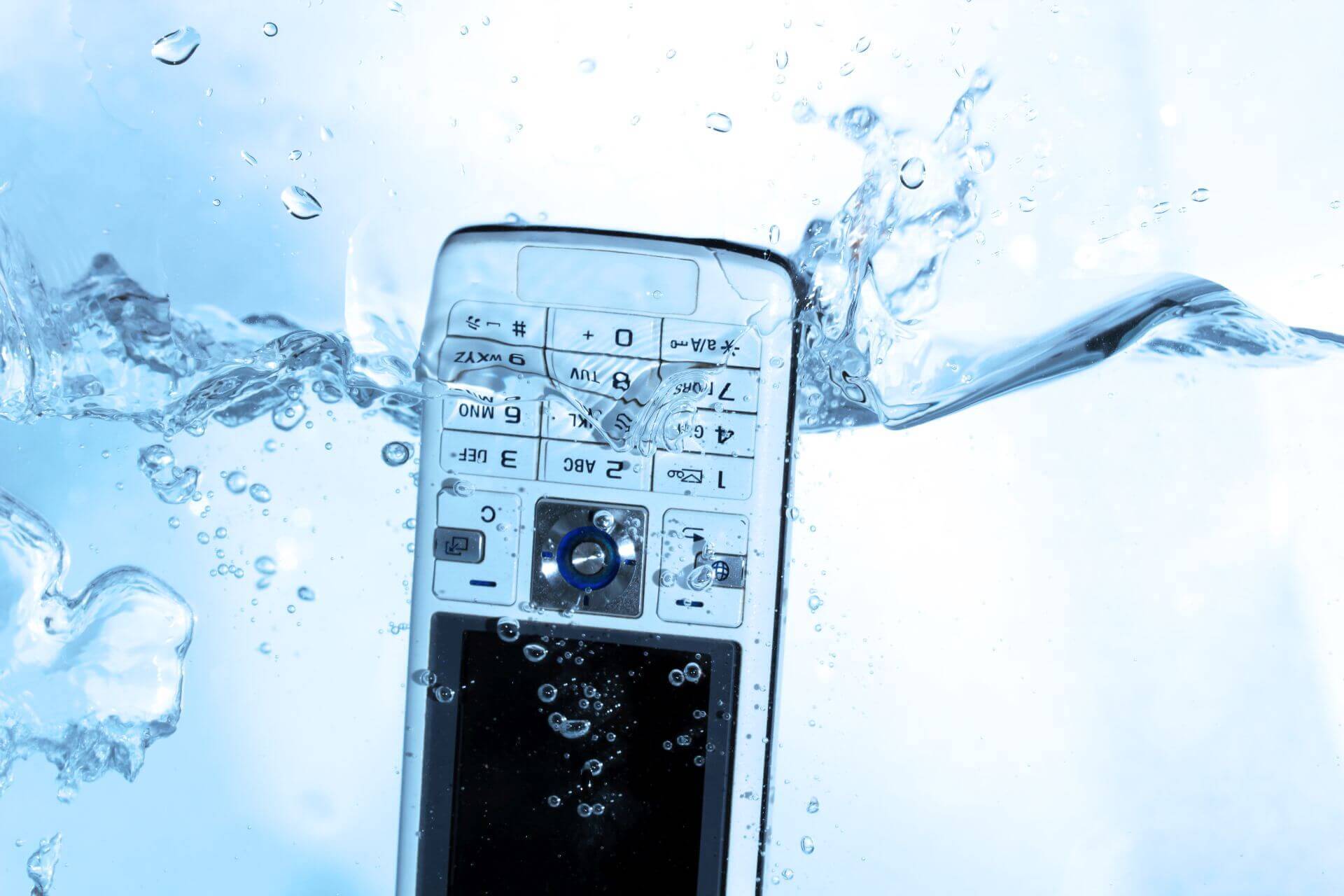
Photography through the ages
Technology is constantly changing and photography is no exception. Over the years new forms of technology have been developed to make photography easier, more varied and more exciting. Not only has technology changed over time, but also the way people use and adapt themselves to it.
Only a few years ago, no one could have ever imagined that we would one day be standing in an awkward position, whilst attaching our smartphones to a long stick. This long stick is now known as a selfie stick and people use it to take selfies. Nowadays this is a completely normal way to take photos. People’s approach to photography has also changed over time. The following article will give you an insight into this topic.
Working as a photographer: from a photojournalist to an aerial photographer
One aspect in which there has been a big change in photography over the decades is photography as a profession. Firstly, camera equipment used to be incredibly heavy, so travelling around with all the equipment was almost impossible and professional photography was mainly limited to working in a photo studio. Secondly, working as a photographer was anything but lucrative in its early days, which in turn made it difficult to purchase good equipment.

The rise and fall of a photojournalist
The development of the compact camera made taking photographs much easier and the career of a photojournalist was able to establish itself in the 20th century. High prestige and the possibility to have a good salary made this job highly competitive for quite some time. This was due to magazines and daily newspapers that were squabbling for the most up-to-date photos of key events. They were also happy to pay large amounts of money for the photos and they would also finance long journeys that photographers would have to make.
Working as a photojournalist in the industry quickly took off and you could quite quickly become very successful, however, it did also quickly become difficult and the demand declined. Nowadays, acquiring professional camera equipment has become easier than ever, therefore working as a photojournalist has become more difficult. The problem has arisen due to a lot of photos being uploaded onto the internet. The copyright holders partially ceding their rights makes it particularly easy to use good photos free of charge or for minimal fees. Fully trained photographers aren’t needed as much as before in journalism. It is also important to mention the decline in print media, which is worsening the situation.
Fashion photographers in the fast lane

The profession of a fashion photographer slowly gained importance in the 1920s. Even today photographers working in this field are still well paid as it’s the quality of the photos that count. So-called art buyers rely on renowned names in this industry, as the costs for a professional shoot can sometimes be very high. It is very difficult to get your foot in the door, therefore it can be difficult for amateurs looking to work in fashion photography. Whereas in the past it was solely a matter of doing a photoshoot and taking a series of fantastic photos for glossy magazines, today it is not uncommon for suitable moving images to be required as well. The combination of images and videos for advertising is quite often a prerequisite, for example for a type of sport on TV sport or as an advert on Facebook.
Photographers are always going to be in demand

Even though in recent years, almost any amateur photographer can achieve a certain level of fame, however, professional photographers have proven to be indispensable. Whether it be in science, where the work of industrious inventors made it possible, for example, to take the first photos on the moon or in the field of criminology. Crime scene recordings are used to reconstruct entire crime scenes, which have helped to solve a lot of crimes.
Aerial photography is a relatively new field of work: the photographer is responsible for finding buried ruins and monuments or for documenting the progress of construction work. From a small photo studio in the 19th century to photography up in the skies - not many professions have undergone such a big change over the last centuries.
Distribution of photo material: quantity instead of quality

Professional photography and the similar roles in this field of work are constantly changing, but so are the ways people distribute photos. In the past, the best photos were selected and then carefully glued into a photo album, however, nowadays everyone just uses their mobile phones or smartphones to take lots of photos. In the past, your best memories would be printed onto photographic paper, however, nowadays they are mainly stored digitally. Today, we no longer use pictures to reminisce and to look back on the good times, but they are more used as a kind of self-expression. This certainly affects our approach to photography. Everything and everyone are being photographed, be it a meal, a snapshot at a party or a self-portrait. We produce photos en masse and a lot of people tend to focus on quantity rather than quality.
However, this was not always the case as a hundred years ago such as mass production of images was unthinkable. Cameras were expensive, which meant only professional photographers or wealthy people could afford to have one. In addition, technology wasn’t as advanced back then in comparison to nowadays, for example, for portraits there was an incredibly long exposure time, which meant that the people in the photo had to stand still for a long time. Thanks to today's technology, we are fortunately able to produce pictures on an assembly line scale. Today’s technology also allows you to sort through your photos at any time.
